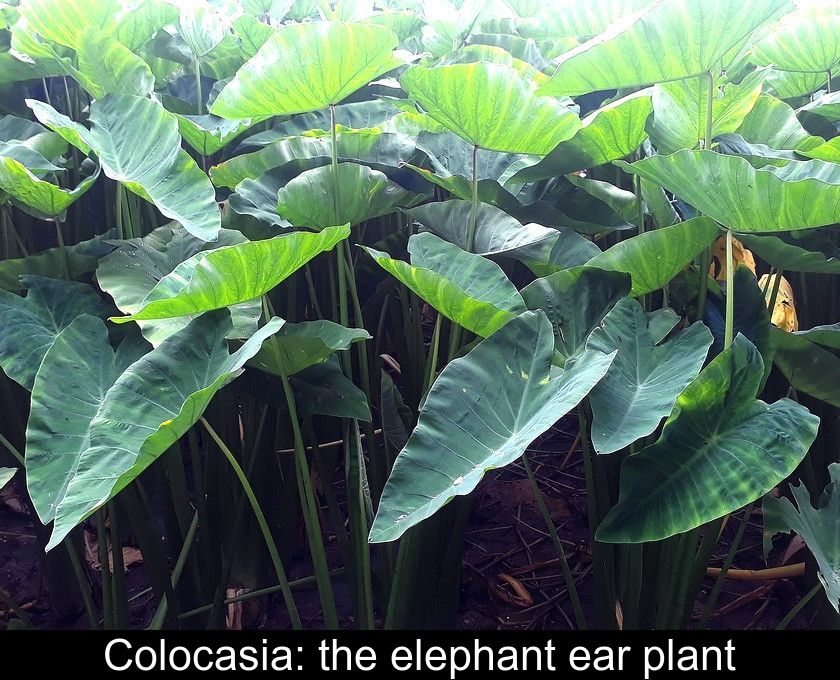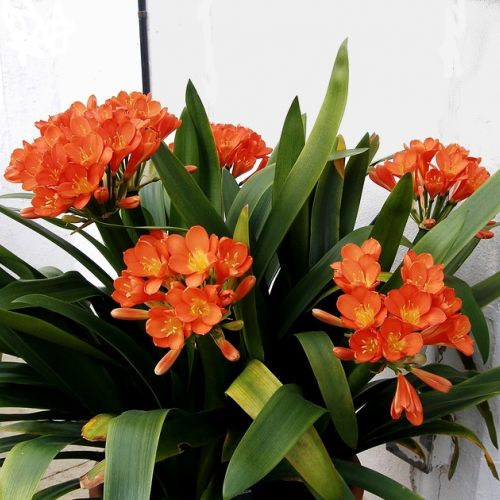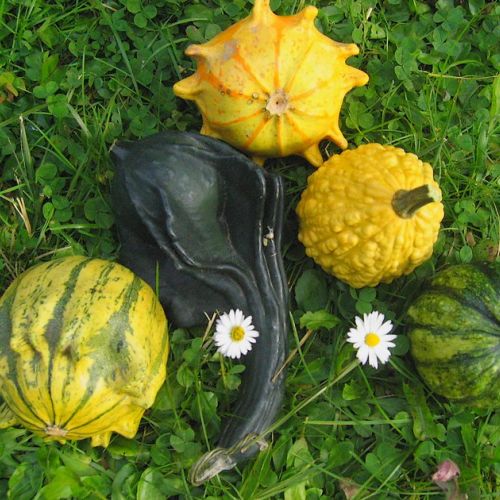Colocasia: The Elephant Ear Plant
If you are looking for a green plant with spectacular foliage, consider adopting a colocasia. This perennial herbaceous plant of tropical origin is also known as elephant ear for its XXL-sized leaves. Here are 5 things to know about this ornamental plant that is as elegant as it is generous.
The colocasia is recognizable by its large leaves.
The colocasia is among the ornamental plants favored by gardeners for their foliage. This perennial herbaceous plant of tropical origin is indeed characterized by giant leaves also known as elephant ears.
This fast-growing plant produces very large heart-shaped leaves. Each leaf can reach 80 cm in height on the petiole and up to a meter long!
In addition to the species type Colocasia esculenta, there are decorative varieties with colored foliage such as 'Black Magic' with purplish violet leaves or 'Pink China' with dark pink petioles.
She belongs to the family of Araceae.
The colocasia belongs to the large family of Araceae, like the arums, monstera, and anthuriums.
Even though its giant foliage is its main attraction, this plant also produces, from June to September, inflorescences that are characteristic of the Araceae. These are large spathes of yellow color and slightly fragrant.
She likes the warmth and humidity.
Because they originate from humid tropical regions, plants of the Colocasia genus require warmth, water, and light. However, they can also tolerate partial shade.
Like many tropical species, the elephant ear plant is sensitive to cold. It suffers when temperatures approach freezing. That's why it's often grown as an indoor plant in our climates.
It is recommended to provide a rich and well-drained substrate, ensuring to place a layer of clay balls at the bottom of the pot. Planting is preferably done in spring when vegetation growth resumes.
For it to benefit from enough light, place it near a window but without direct sunlight. If the window is facing south or southwest, it's better to diffuse the light with a sheer curtain or blind.
This fast-growing plant is voracious for water and nutrients. Therefore, make sure to water it regularly and fertilize it twice a month with nitrogen fertilizer, which promotes the growth of stems and leaves.
She produces edible tubers.
In tropical regions, the species Colocasia esculenta is cultivated as taro for its edible tubers. To be safely consumed, the tuber must be well cooked. It is also used to make flour for preparing alcoholic beverages.
The leaves of the elephant ear plant are sometimes used in cooking like cabbage. However, it is essential to cook them as this plant is toxic when raw.
When growing a colocasia as a houseplant, one must be cautious of its toxicity to pets and children. Contrary to popular belief, a plant can be both edible and toxic, and taro is a perfect example of this.
She can be grown indoors or outdoors.
Depending on the climate of your region, you might consider growing colocasia indoors or outdoors.
It is possible to grow it in the ground in a mild climate, making sure to mulch its base well in winter. When grown in a pot, it can be taken outside during the good weather, provided it is placed in partial shade and brought inside before the cold at the end of summer.
Besides this winter care, the elephant ear plant requires little maintenance. When grown in the ground, be wary of slugs and snails that are fond of its young leaves.
If you want to create a jungle garden in a corner of your property, also note that this plant easily multiplies by dividing the tubers in spring.











